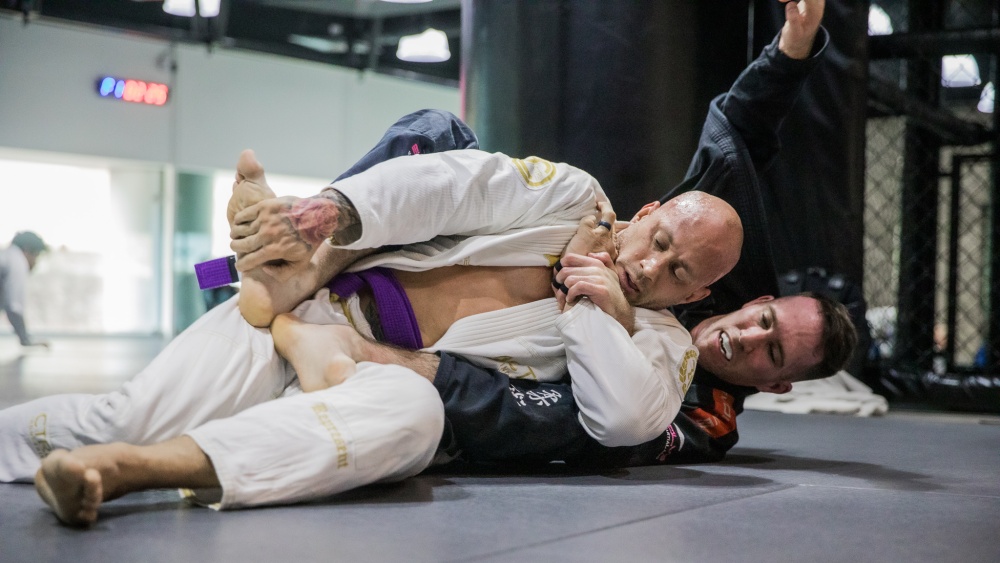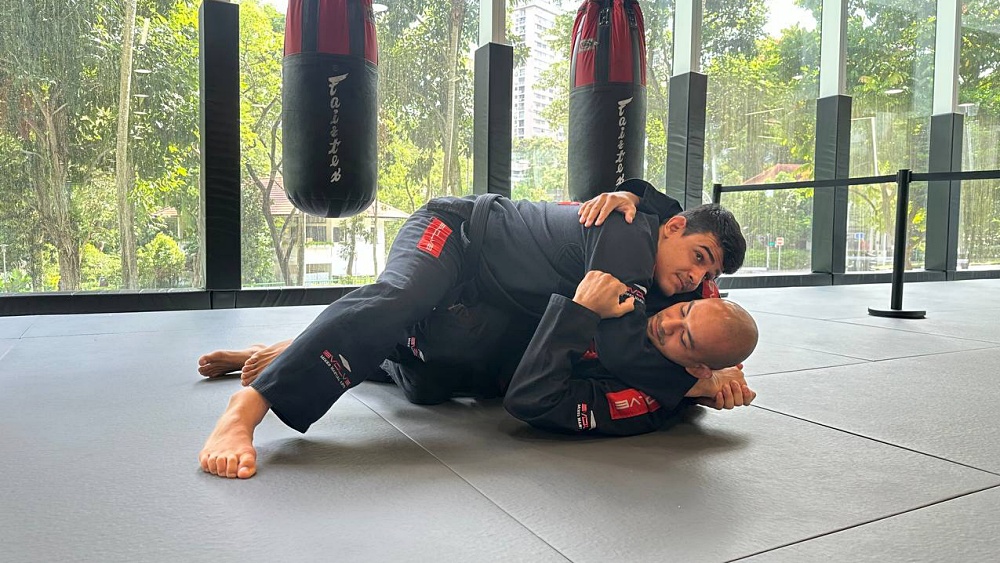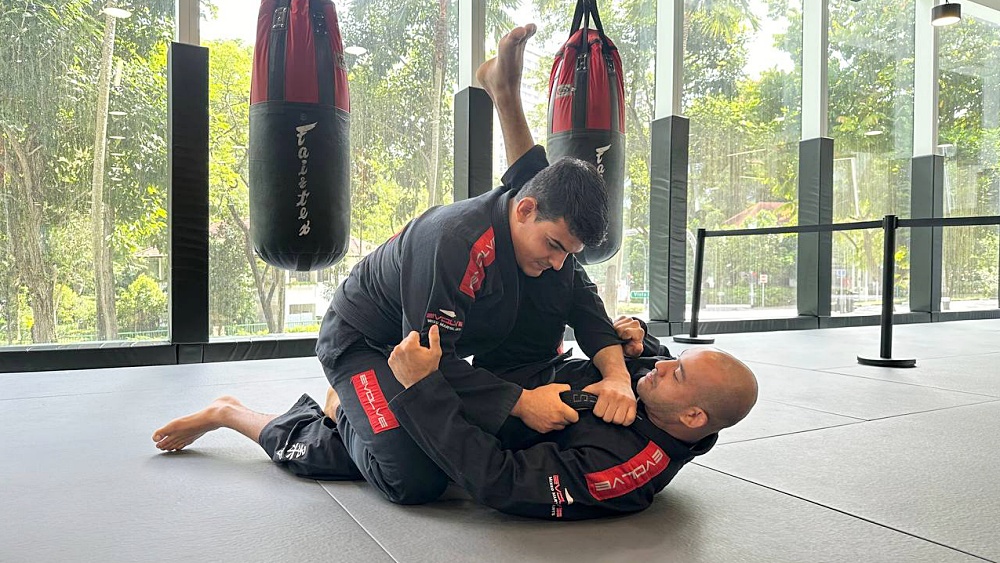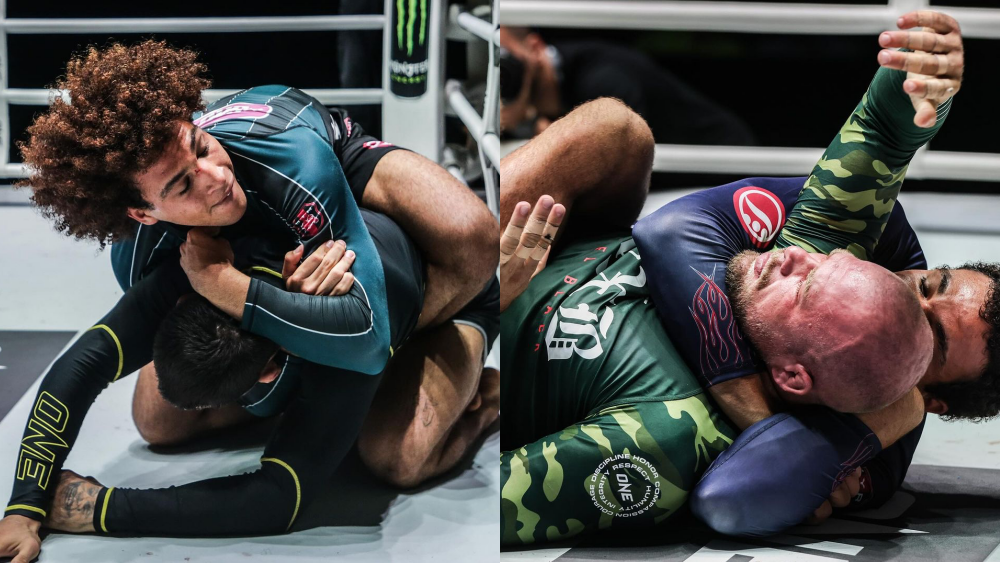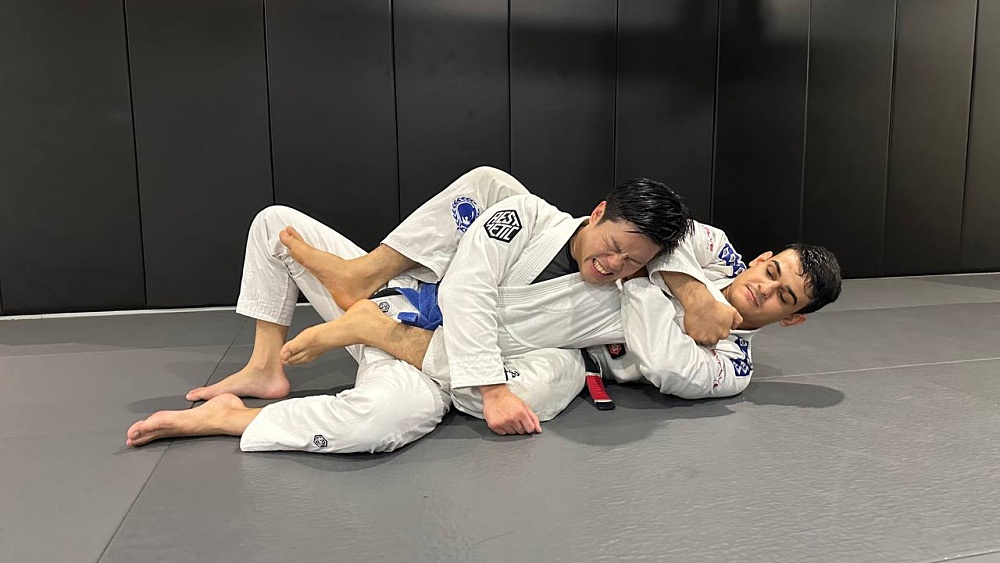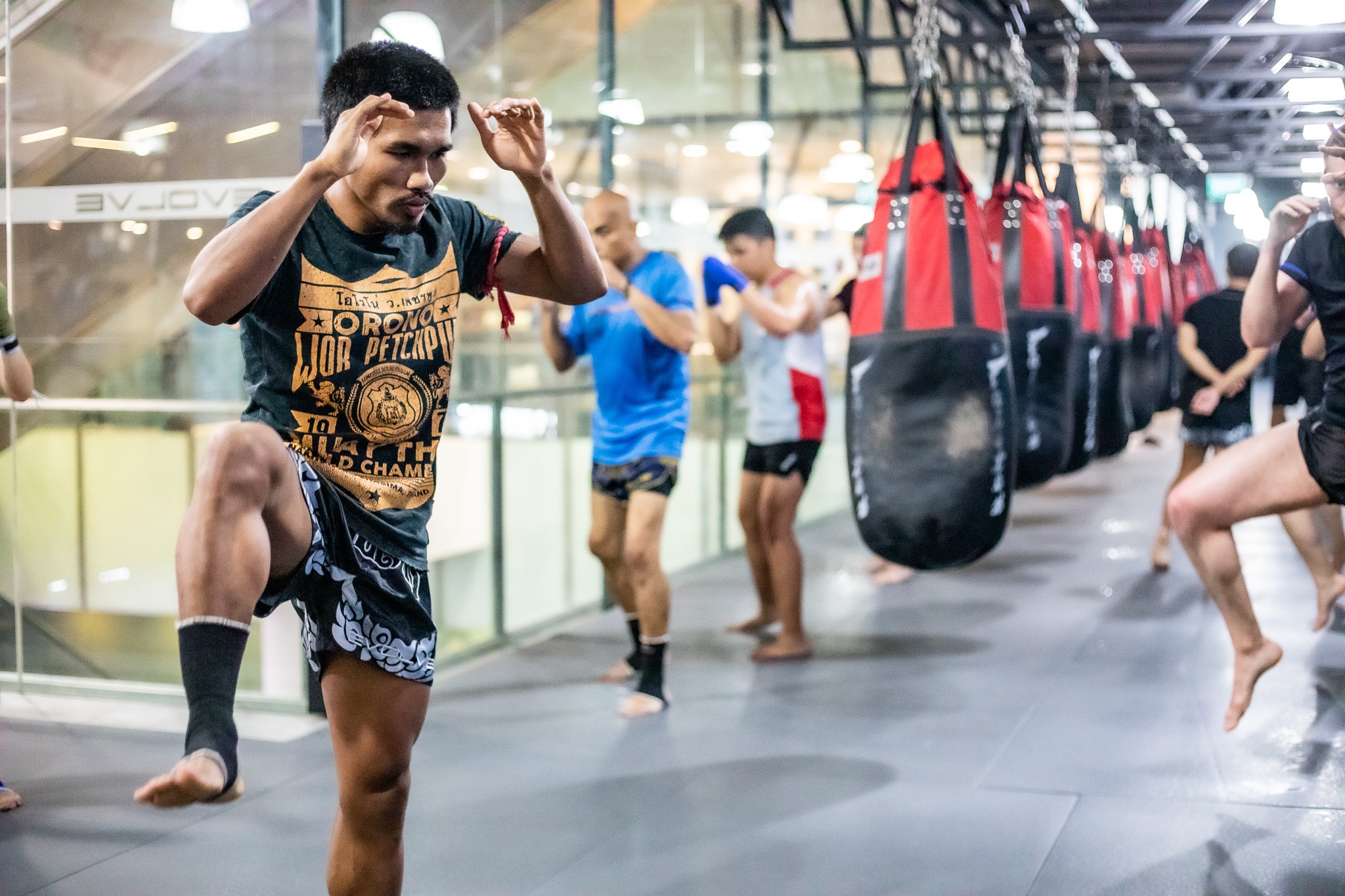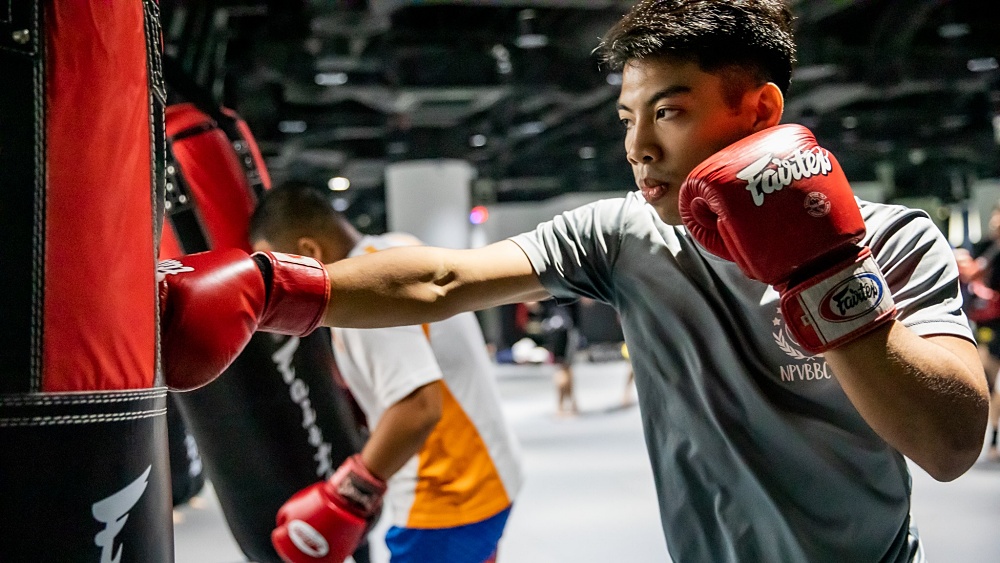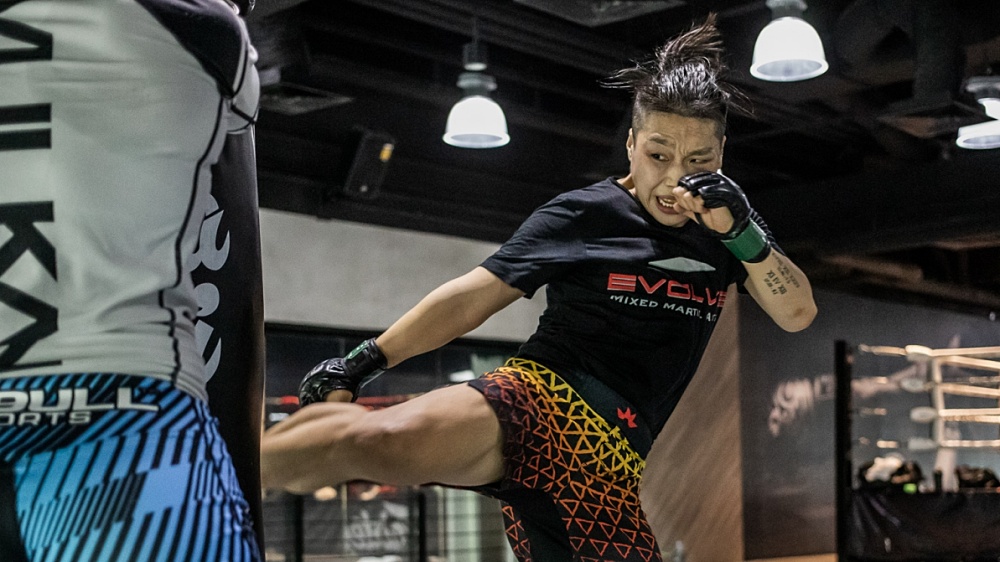The back mount is widely considered the strongest position in BJJ. When you obtain the back mount, your odds of finishing your opponent with a submission are high, as he can’t see you to anticipate and defend against your attacks. However, just obtaining the back mount isn’t enough. Rather, in order to have an effective back mount, you must learn to maintain the position long enough to submit your opponent. In this article, we discuss how to be better at maintaining back control.
Back Mount Requirements
Before learning how to maintain back control, it’s necessary to first understand how to establish the back mount. To establish the back mount, do the following:
- Control your opponent’s upper body with a seatbelt grip. To establish a seatbelt grip, place one of your arm’s over your opponent’s shoulder and across his or her chest. Place the other arm under your opponent’s opposite arm. Next, clasp your hands together and squeeze.
- Place your legs around your opponent’s waist, using your feet to “hook” your opponent’s legs.
- Pinch your knees to immobilize your opponent’s hips.
Tips For Maintaining Back Control
After you’ve established the back mount, you must control the position. If you fail to assert sufficient control over your opponent while he or she is stuck in the back mount, you run the risk of losing the position. Below are some tips for maintaining back control.
Tip #1: Keep your seatbelt grip strong
The seatbelt grip discussed above is the key to maintaining back control. After you’ve established a seatbelt grip on your opponent, you must ensure that it remains tight. When applying a seatbelt grip:
- Keep your arms tight to your opponent’s body. If you don’t maintain a tight grip, your opponent can break it and escape.
- Keep your choking arm on your opponent’s chest covered by your other arm and make a fist with your choking hand.
- Control your opponent’s head with your head on the side of your non-choking arm. When you control your opponent’s head, you control his or her body.
- Control your opponent’s shoulder with your choking shoulder.
Tip #2: Use the body triangle
As noted above, you must use your feet to control your opponent’s lower body. This is commonly referred to as controlling your opponent with your “hooks” because you use your feet to hook your opponent’s legs. Although using your hooks to control your opponent’s lower half is a great option, sometimes you need additional control—especially against a tough opponent. For situations where you need extra control, consider applying a body triangle. The body triangle gives you superior control of your opponent’s hip and body alignment. In addition, the position allows you to put a lot of pressure on your opponent’s body by squeezing the triangle. To put it simply, it’s no fun being the recipient of a tight body triangle. In addition, the body triangle removes your opponent’s ability to use his legs to remove your hooks. In order to apply the body triangle from the back mount, do the following:
- From the back mount, pull your opponent to the side.
- Push off your opponent’s hip with your foot.
- Bring your opposite leg to the same side of the hip you just pushed.
- Create a triangle shape with your legs.
- Squeeze your legs slightly to create pressure on your opponent’s midsection.
Tip #3: Isolate an arm
Another tip for increasing back control is to isolate one of your opponent’s arms. In standard back mount position, your opponent’s arms are free to defend your submission attempts. However, when you take away the ability of your opponent to use one of his arms, you greatly increase your odds of a successful submission. In order to isolate one of your opponent’s arms, do the following:
- From the back mount, begin threatening your opponent’s neck with a choke.
- When your opponent reaches up to defend the choke, hook one of his or her arms with your leg.
- After you trap one of your opponent’s arms with your leg, he or she will only have one arm available to defend your submission attempts.
How To Address Common Back Escapes
Another key in maintaining back control is understanding what your opponent may try to do to escape. By understanding common back escapes, you can make adjustments to help increase your level of control. Below are a few common back escapes and how to deal with them.
Escape #1: Clear the hook
Once you’ve established back control, one of the first things your opponent may try to do is remove one of your hooks. As soon as your opponent removes a hook, do the following:
- Extend your leg to create space.
- Retract your leg and push off the mat with your feet.
- Shift your hips and replace your hook.
Escape #2: Clear the hook and move to the side
If your opponent clears a hook and gets to his or her side, do the following:
- Put your head to the mat.
- Establish the tripod position and put your knee on the other side of your opponent’s body near his or her armpit.
- Use your other leg to drag your opponent towards you.
- Re-establish back control.
Escape #3: Bridge and move up the body
With this escape, your opponent raises his or her hips and moves his or her shoulders as high as possible on your body. Your opponent then places his or her head on the floor and tries to recover a guard. When your opponent attempts this escape, do the following:
- Remove your hooks from the thighs and put them behind your opponent’s knees.
- Extend your hooks outward. This will extend your opponent’s legs.
- Re-establish your hooks.
Conclusion
Maintaining back control is an important BJJ skill. Therefore, you should routinely practice this skill with your partners. By placing your training partners in the back mount and having them try to escape as you work to maintain the position, you will develop strong back control. This will benefit you greatly as you progress in your BJJ journey.
You may also like:
